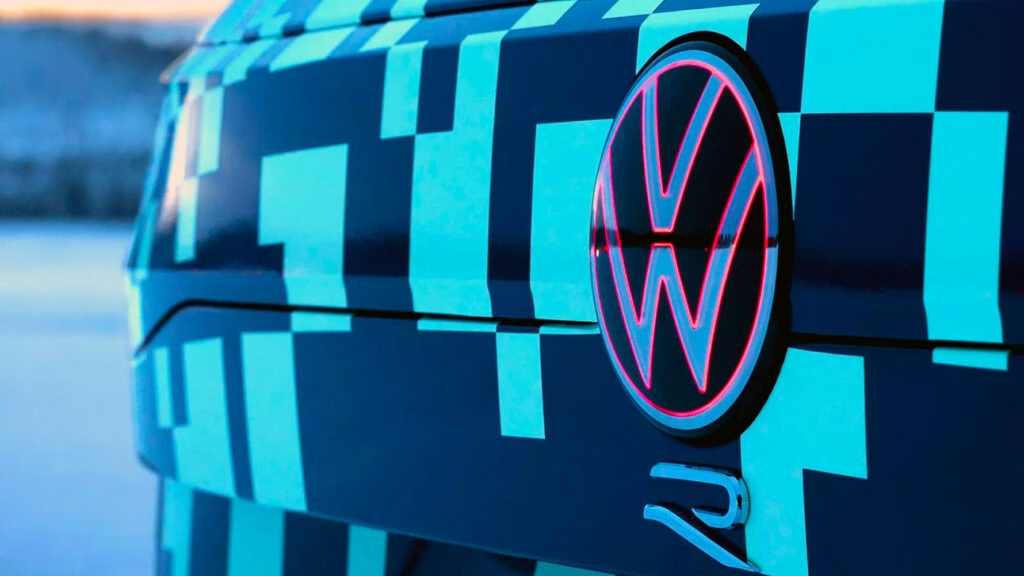What’s Really Happening With the VW Touareg’s Electric Comeback?
Volkswagen’s Touareg has always been a bit of an oddball in the SUV world—luxurious, understated, and never quite as flashy as its Porsche Cayenne cousin. But after nearly a quarter-century and three generations, the Touareg is about to make its boldest move yet: a full transformation into an electric flagship. If you’re wondering what that means for drivers, tech enthusiasts, and the future of VW’s SUV lineup, let’s break it down.
Why Is Volkswagen Reviving the Touareg as an Electric SUV?
You might be scratching your head—didn’t VW just announce the end of the Touareg? Yes, the combustion version is bowing out, but the nameplate is set for a high-voltage return. According to recent reports from respected European automotive outlets, Volkswagen will bring back the Touareg as the ID. Touareg, a fully electric SUV built on the company’s next-generation SSP platform.
This isn’t just a nostalgic move. The Touareg has always been VW’s European flagship, sharing underpinnings with luxury heavyweights like the Porsche Cayenne. By electrifying the Touareg, VW signals its commitment to premium EVs, even as it pushes more affordable electric models like the upcoming ID. Polo and ID. Golf. The ID. Touareg will be the first VW to use the SSP platform, leapfrogging models like the ID. Roc and ID. Golf, which have both been delayed until 2030 due to production and cost concerns.
What Makes the SSP Platform Such a Big Deal?
Here’s where things get interesting for tech lovers. SSP, or Scalable Systems Platform, is Volkswagen’s ambitious answer to Tesla’s flexible architectures. It’s designed to underpin everything from small hatchbacks to large SUVs, promising longer range, faster charging, and a unified software backbone.
For the ID. Touareg, this means zonal electrical architecture—think of it as a nervous system that’s smarter and more efficient than anything VW has built before. Even more intriguing, the software brains behind this system are being developed in partnership with Rivian, the American EV startup known for its innovative approach to vehicle electronics. This collaboration could give the ID. Touareg a real edge in connectivity and over-the-air updates, areas where legacy automakers have often lagged.
Why Isn’t the ID. Touareg Coming to the US?
If you’re in North America and feeling left out, you’re not alone. The original Touareg launched in the US back in 2003, but it quietly exited the market in 2017, replaced by the larger, three-row Atlas. The reason? American buyers wanted more seats and space, something the Touareg never quite delivered. VW’s strategy now is to keep the ID. Touareg in Europe and other select markets, while focusing on the Scout brand for electric SUVs in the US.
Scout, another storied nameplate, is being revived as a rugged, Rivian-powered EV built in America for American tastes. Meanwhile, the ID. Touareg will cater to European drivers who value luxury, technology, and a slightly smaller footprint. It’s a split that makes sense when you look at regional preferences and regulatory pressures.
How Does This Fit Into VW’s Broader EV Plans?
Volkswagen’s electric roadmap has been a rollercoaster lately. The company has confirmed electric versions of the Polo, Golf, Tiguan, and T-Roc, but shifting production lines and cost-cutting measures have pushed some launches back. For instance, moving ICE Golf production from Germany to Mexico is proving trickier than expected, delaying the ID. Golf and ID. Roc.
By prioritizing the ID. Touareg on the SSP platform, VW is hedging its bets—launching a high-margin, tech-forward SUV that can showcase its latest innovations. It’s a move that could pay off, especially as European buyers increasingly demand premium EVs with real-world range and luxury features.
What Can Drivers Expect From the Next-Gen Touareg?
While official specs are still under wraps, industry insiders expect the ID. Touareg to offer significant improvements in range, charging speed, and digital features compared to today’s MEB-based VWs. Think 800-volt architecture, rapid DC charging, and a cabin packed with the latest infotainment and driver-assist tech. The Rivian partnership hints at seamless software updates and possibly even new user experiences—imagine your Touareg getting smarter every month.
One thing’s for sure: the ID. Touareg won’t just be a rebadged Cayenne Electric. While Porsche’s EV SUV will use the PPE platform (shared with the Macan Electric and Audi’s new e-trons), the Touareg’s SSP bones will set it apart, both in driving dynamics and digital capabilities.
Will the Touareg’s Electric Shift Change the Luxury SUV Market?
The luxury SUV segment is in flux. Brands like BMW, Mercedes, and Audi are all racing to electrify their flagships, but VW’s approach stands out for its blend of pragmatism and innovation. By skipping an interim EV and going straight to SSP, VW is betting that buyers want the latest tech, not just an electrified version of yesterday’s SUV.
Market data backs this up. According to a 2023 report from the European Automobile Manufacturers Association, premium EV SUV sales in Europe grew by over 40 percent year-on-year, outpacing nearly every other segment. If VW can deliver on range, tech, and comfort, the ID. Touareg could carve out a lucrative niche.
The Big Takeaway for Touareg Fans and EV Shoppers
The electric Touareg isn’t about nostalgia—it’s about making a smarter, more connected SUV for a new era. VW’s decision to leapfrog platforms, partner with Rivian, and tailor its offerings to different markets shows just how quickly the automotive world is changing. The big takeaway? Reinventing a classic like the Touareg isn’t about perfection—it’s about smarter adjustments. Start with one change this week, and you’ll likely spot the difference by month’s end.

